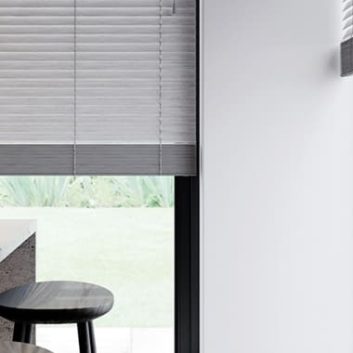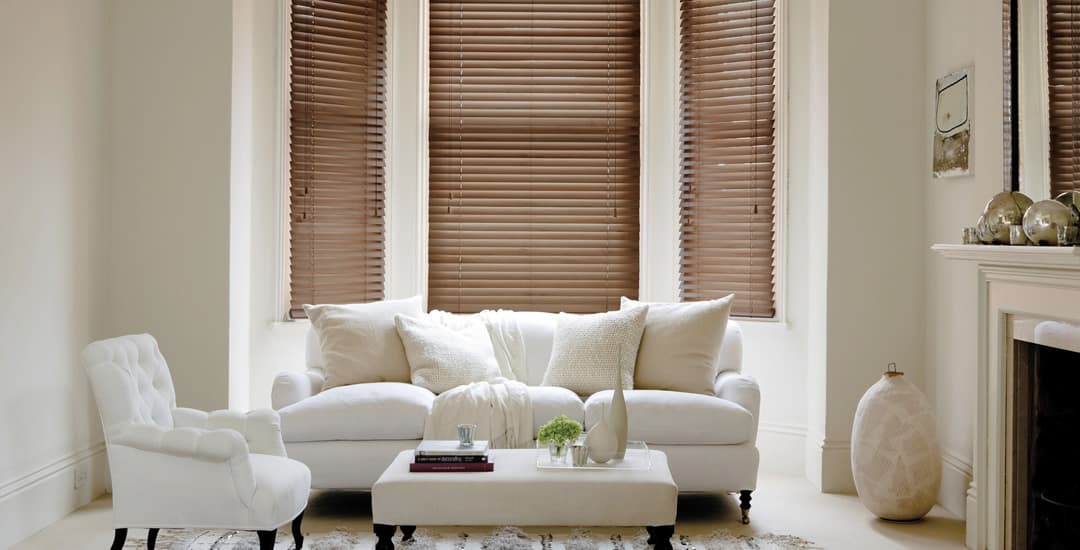
First up, to speak with authority in my answer to “how long do wooden blinds last” I first want to clarify that I’m generally taking about made-to-measure wooden blinds specifically, because thems the ones I know and work with.
Readymade wooden blinds won’t last anywhere near as long as made-to-measure options; both the materials and construction of them are vastly different, and you need to take this into account when paying your money and taking your chances.
This blog post will tell you more about how long wooden blinds are likely to last (in terms of working properly and not looking unduly scruffy) in the average home faced with normal wear and tear, and the various factors that dictate this.
What are wooden blinds made of?
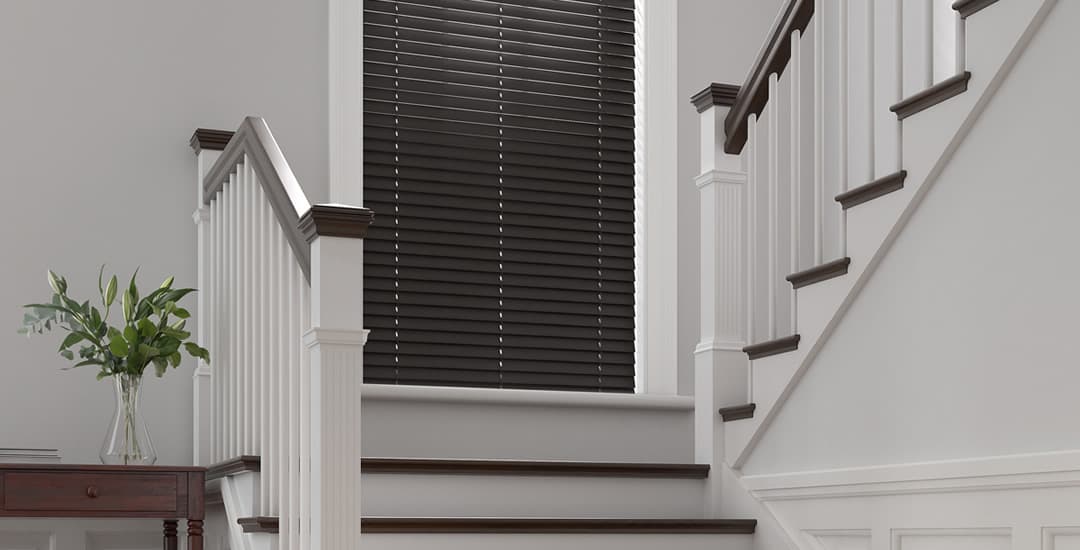
Readymade wooden blinds might be made of any indeterminate wood that might not even be indicated within the product description; made-to-measure wooden blinds are almost universally made of basswood, for a number of reasons.
Basswood comes from the lime or linden tree, and is a good material for blinds because it is lightweight but also hardwearing and durable. It is not prone to warping and expanding/contracting due to seasonal temperature variations, and can be sustainably grown and felled without excessive cost or difficulty compared to alternatives.
Eco-friendly wooden blinds are almost universally crafted from basswood.
How many years does it take for wooden blinds to stop working properly?
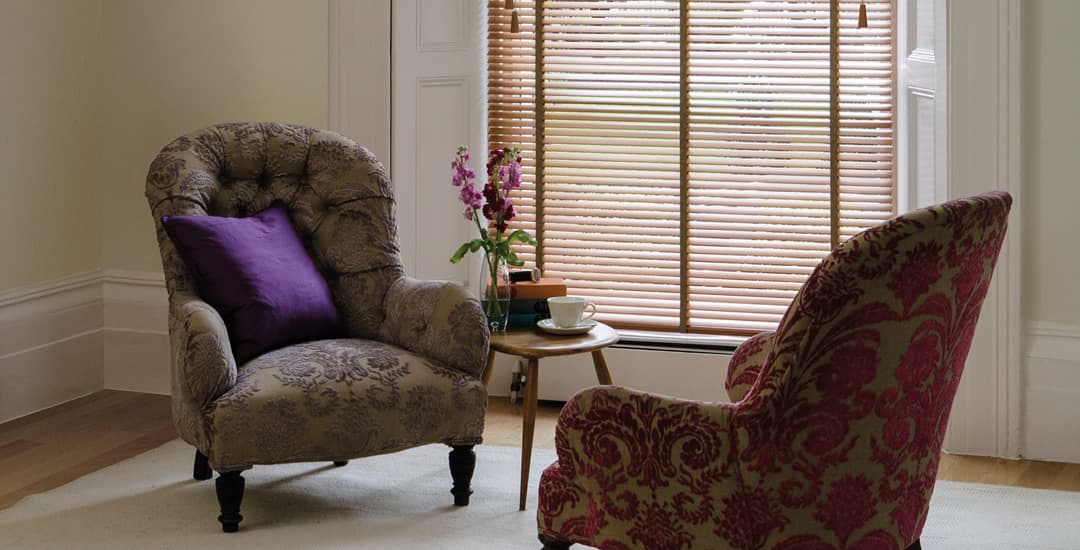
Made-to-measure wooden blinds take skill and effort to make, and the people that make them don’t want their work let down by crappy components and flimsy bits. Just one poor-quality fitting or tiny failed component can kill off a blind (or mean it never even works properly from the get-go), and this is something your made-to-measure blinds people are keen to avoid.
From the quality control of the basswood strips that form the slats of the blind itself to the paint or stain/lacquer used to finish it, plus the ladder tapes or strings, mechanism, header rail, and everything else, made-to-measure wooden blinds are designed to work properly for years and years of daily use and frequent adjustment.
The exact number of years a made-to-measure wooden blind might last even factoring this in will be variable, depending on how heavy-handed you are, how often you open/close/adjust the blind, and even how often you clean and check it over. I feel it important to point out too that the longevity of a wooden blind is directly and inversely proportional to how much physical attention it gets from younger, rowdier children…
Readymade wooden blinds will literally never last as long as made-to-measures under the same usage conditions. In fact, even just regular, reasonably respectful adult operation can result in readymade wooden blinds beginning to fail within a couple of years. A made-to-measure alternative could quite plausibly still be working properly if cleaned and maintained appropriately for a decade or more.
This means also, in case you didn’t join the dots, that while a readymade wooden blind will certainly be cheaper to buy in the first instance, it’s also almost certainly going to cost you more in the long run.
Made-to-measure wooden blinds also come with a guarantee far more generous than those offered by statutory consumer protection laws, which is all you will tend to get on a readymade.
You will tend to find too that even outside of the stated guarantee but within a reasonable/plausible timeframe, if your made-to-measure blind does fail or wear out and this seems anomalous or disproportionate to its usage, the manufacturer will almost always be keen to help and rectify this. This is not least to ensure that they can identify any potential problems and prevent them being replicated again.
How many years does it take for wooden blinds to start looking tatty?
Appearance-wise, once more, your made-to-measure blind is going to look good for far longer than a readymade. For instance, wear and tear on contact areas, flaking or rubbing of the paint and so on will all begin to develop faster on readymade blinds; in some cases within a few months, while made-to-measures are likely to resist visible signs of age for many years.
Do wooden blinds discolour or turn yellow over time?
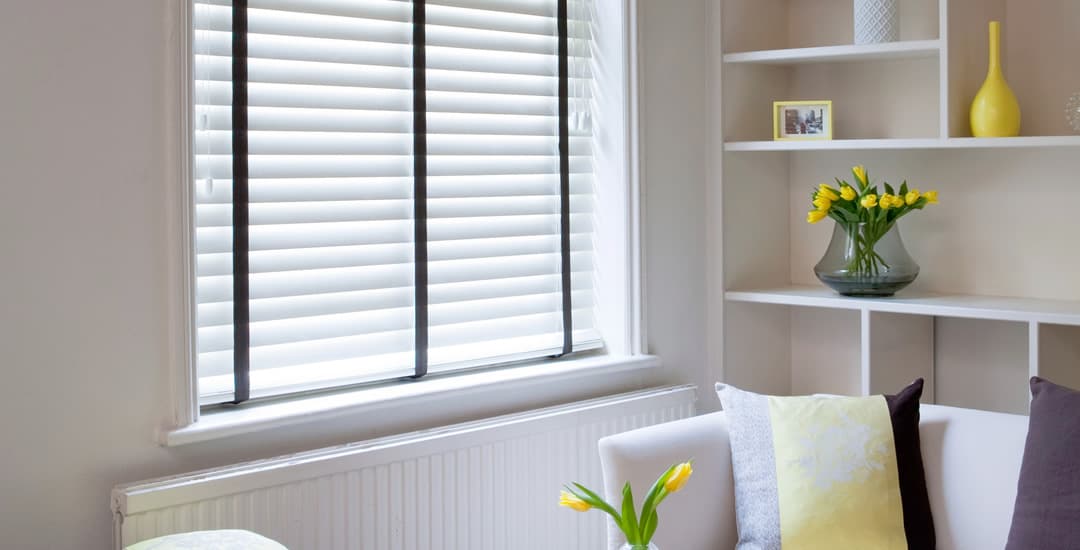
Anything subject to high levels of sun exposure will eventually begin to show signs of this, and your blinds are right on the front lines here! However, wooden blinds are nowhere near as susceptible to discolouring in the sun as any form of fabric blind, and for wooden blinds, sun bleaching or discolouration tends to take many years.
Modern made-to-measure wooden blinds are also treated with a UV-resistant finish, which means that it really will take a very long time (if at all) for coloured wooden blinds to start to fade, or for white wooden blinds to begin to yellow.
How often do you need to replace wooden blinds?
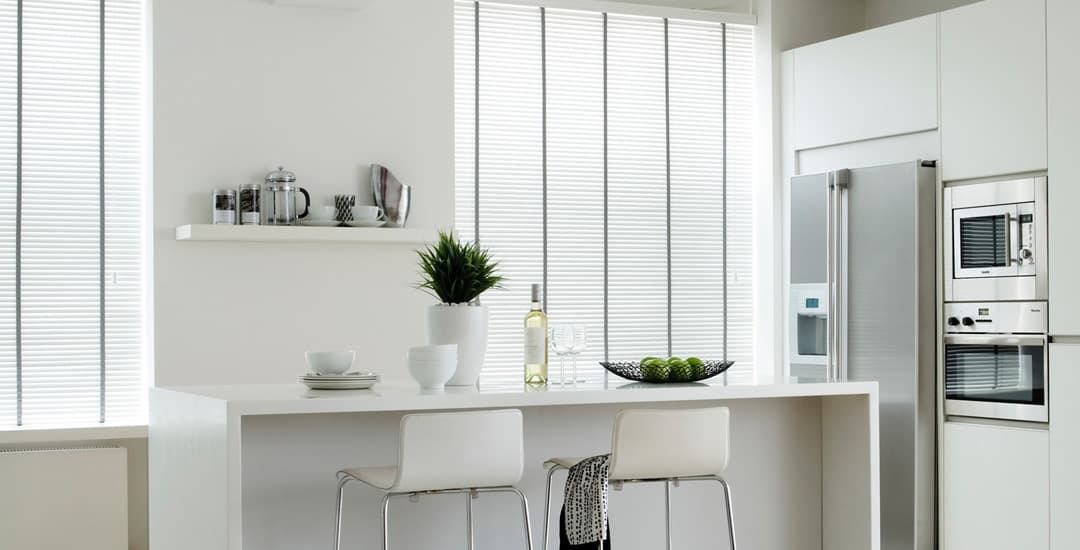
For made-to-measure wooden blinds purchased from a quality manufacturer/retailer, we tend to find that most people change or replace their wooden blinds after about eight years.
This tends to be more due to having a redesign or redecorating the room they’re in than due to the blinds having become non-functional; although to be perfectly objective, some wooden blinds may begin to show minor signs of wear aesthetically by the seven or eight-year mark too.
We’ve been in business here since the late 80s and this means that some of our longer-serving folk have a house full of our blinds; after I got past the guys whose immediate response was “dunno,” I have established that some of them have had the same wooden blinds at home for well over a decade in good cosmetic and functional order.
Readymade wooden blinds are not designed to last much more than a couple of years, and often less if adjusted several times a day. While by no means a blanket rule, some will begin to stick, fail to function, or begin to look disproportionately tatty within several months of regular usage.
Can I extend the life of my wooden blinds?
If you start with good quality made-to-measure wooden blinds and take good care of them, you stand a good chance of being able to extend their already quite reasonable lifespan by some ways; to the point that you replace them in the end because you fancy a change, not because they’ve hurt your feelings.
Dust the slats on a regular basis, clean dust and dirt out of the header rail and raising/tilt mechanisms with a soft paintbrush or the soft brush attachment on your vacuum, and give the operating mechanism a light spray with WD-40 or similar if they start to get a bit creaky or stiff to operate.
Oh, and try not to expose them to high levels of moisture, or toddlers.
If you’re looking for further advice on cleaning and maintaining wooden blinds, check out this guide, and feel free to drop me a line if you have any questions.

